William Herbert “Buck” Dunton (1878-1936)
Get a Dunton Certificate of Authenticity for your painting (COA) for your Dunton drawing.
For all your Dunton artworks you need a Certificate of Authenticity (COA) in order to sell, to insure or to donate for a tax deduction.
Getting a Dunton Certificate of Authenticity (COA) is easy. Just send us photos and dimensions and tell us what you know about the origin or history of your Dunton painting or drawing.
If you want to sell your Dunton painting or drawing use our selling services. We offer Dunton selling help, selling advice, private treaty sales and full brokerage.
We have been authenticating Dunton and issuing certificates of authenticity since 2002. We are recognized Dunton experts and Dunton certified appraisers. We issue COAs and appraisals for all Dunton artworks.
Our Dunton paintings and drawings authentications are accepted and respected worldwide.
Each COA is backed by in-depth research and analysis authentication reports.
The Dunton certificates of authenticity we issue are based on solid, reliable and fully referenced art investigations, authentication research, analytical work and forensic studies.
We are available to examine your Dunton painting or drawing anywhere in the world.
You will generally receive your certificates of authenticity and authentication report within two weeks. Some complicated cases with difficult to research Dunton paintings or drawings take longer.
Our clients include Dunton collectors, investors, tax authorities, insurance adjusters, appraisers, valuers, auctioneers, Federal agencies and many law firms.
We perform William Herbert Dunton art authentication, appraisal, certificates of authenticity (COA), analysis, research, scientific tests, full art authentications. We will help you sell your William Herbert Dunton or we will sell it for you.
William Herbert Dunton (often called “Buck”) was born on his family’s farm near Augusta, Maine. During Dunton’s childhood years, he spent most of his time in rural Maine with his maternal grandfather of the Pillsbury family. Dunton learned how to hunt and proficiently navigate the outdoors.
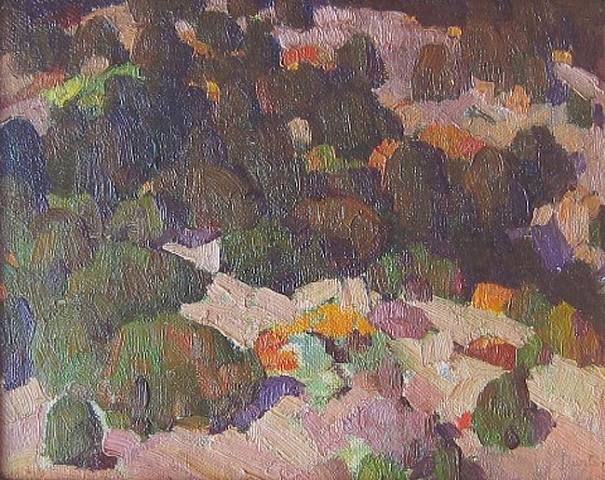
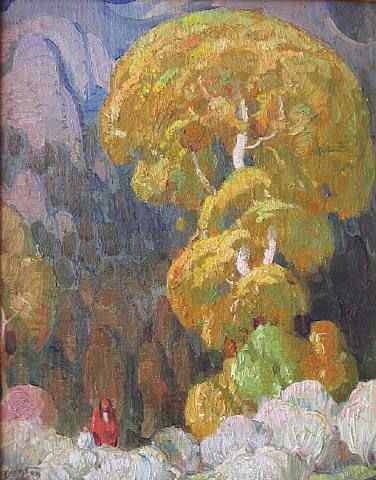
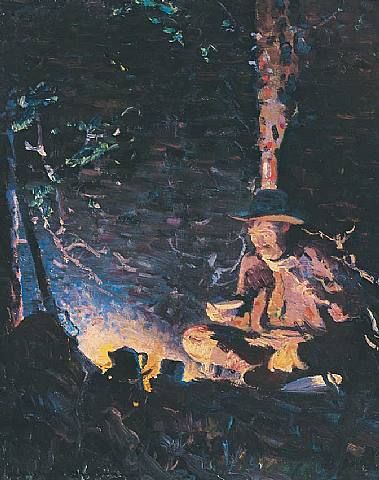
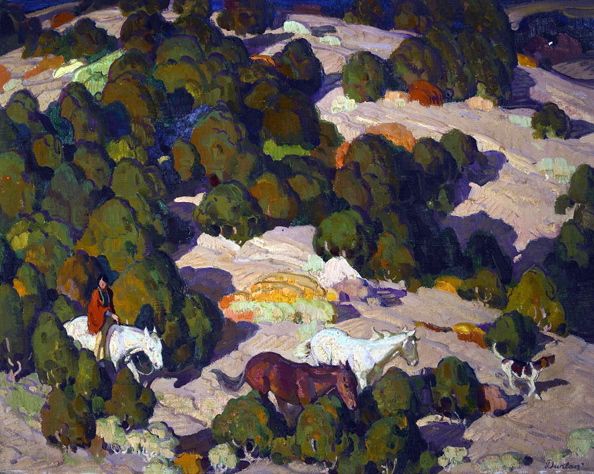
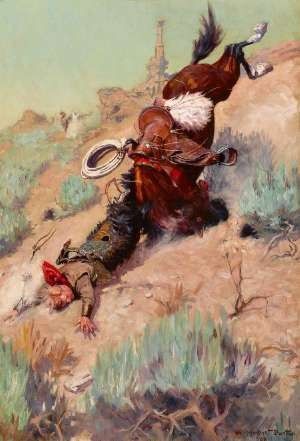
In 1896 Dunton travelled to Montana, a trip that was the first of many travels to the West. In the next decade, Dunton travelled to Wyoming, Colorado, Oregon and New Mexico. Dunton paid his way during his trips by making illustrations for newspapers.
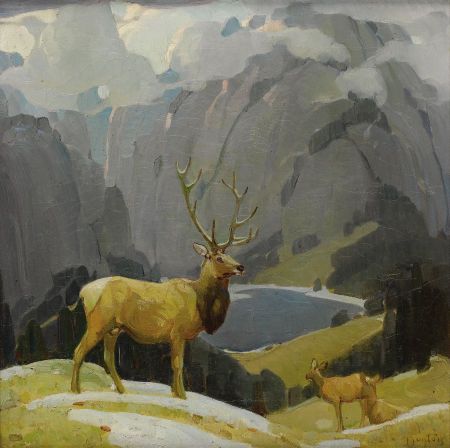
In 1897, Dunton spent a short amount of time at the Cowles Art School in Boston before beginning a career as an illustrator. By 1903 Dunton moved to New York to find full-time illustration work. Dunton worked for high profile publications, including Harper’s and Schribner’s.
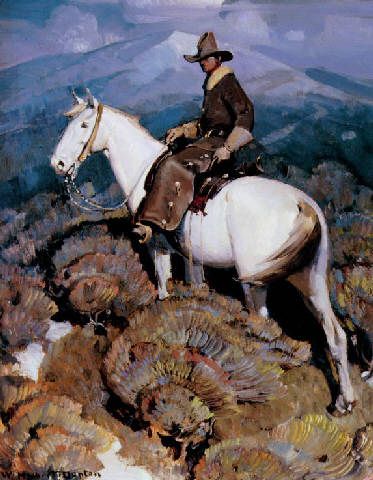
Eventually, Dunton continued his studies at the Art Students League, studying under Frederick C. Yohn, Frank V. DuMond, and Ernest Blumenschein. Dunton grew tired of commercial illustration, and was urged by Ernest Blumenschein to go to Taos, New Mexico. After his first visit, Dunton decided to make a permanent move to New Mexico in 1914.
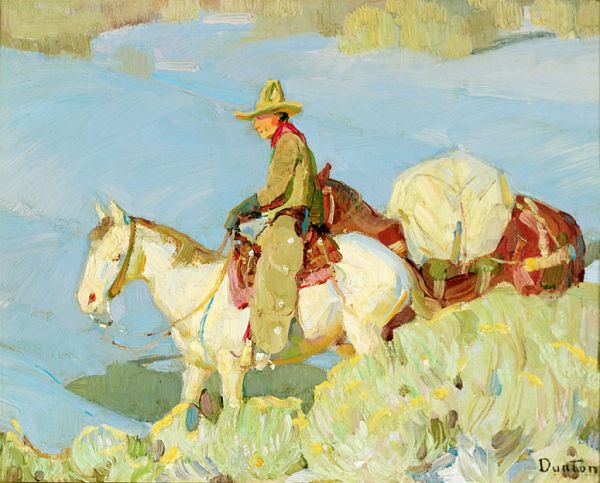
In New Mexico, Dunton continued to work as a painter and illustrator, but found time to go hunting and explore the wilderness. Dunton’s paintings were accepted into exhibitions around the country, including the National Academy of Design in New York, the Pennsylvania Academy of the Fine Arts at Philadelphia, and the Art Institute of Chicago.
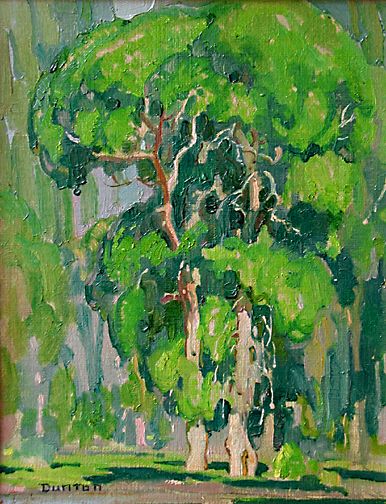
Living in the West, Dunton had to sacrifice an east-coast income and frequently lived below the poverty line. By 1915, Dunton was greatly aided by joining the Taos Society of Artists. Other artists in the group included Berninghaus, Blumenschein, Couse, Phillips, and Sharp. The group exhibited in major cities and galleries throughout the United States. Dunton also organized solo-exhibitions in Kansas City, Missouri; Tulsa, Oklahoma; Amarillo, Dallas, El Paso, Fort Worth, Galveston, Houston, and San Antonio, Texas.
During the Great Depression it was harder for Dunton to sell his work, forcing him to do portrait painting and other commission jobs. Dunton was also a painter for the government run, Public Works of Art Project in New Mexico.
In 1928 Dunton began to have health problems caused by a horse accident that caused multiple ulcers. Dunton died in Taos several years later after battling cancer.
Dunton’s paintings are now in collections across the country. The The Stark Museum of Art, The Eiteljorg Museum, Kit Carson Memorial Museums, Museum of New Mexico, Panhandle-Plains Historical Museum, The Rockwell Museum, and the San Antonio Art League own most of Dunton’s paintings. Dunton is an important member of the Taos Society of Artists. Do you think you own a painting by William Herbert (Buck) Dunton? Contact us. We are the William Herbert (Buck) Dunton experts.
